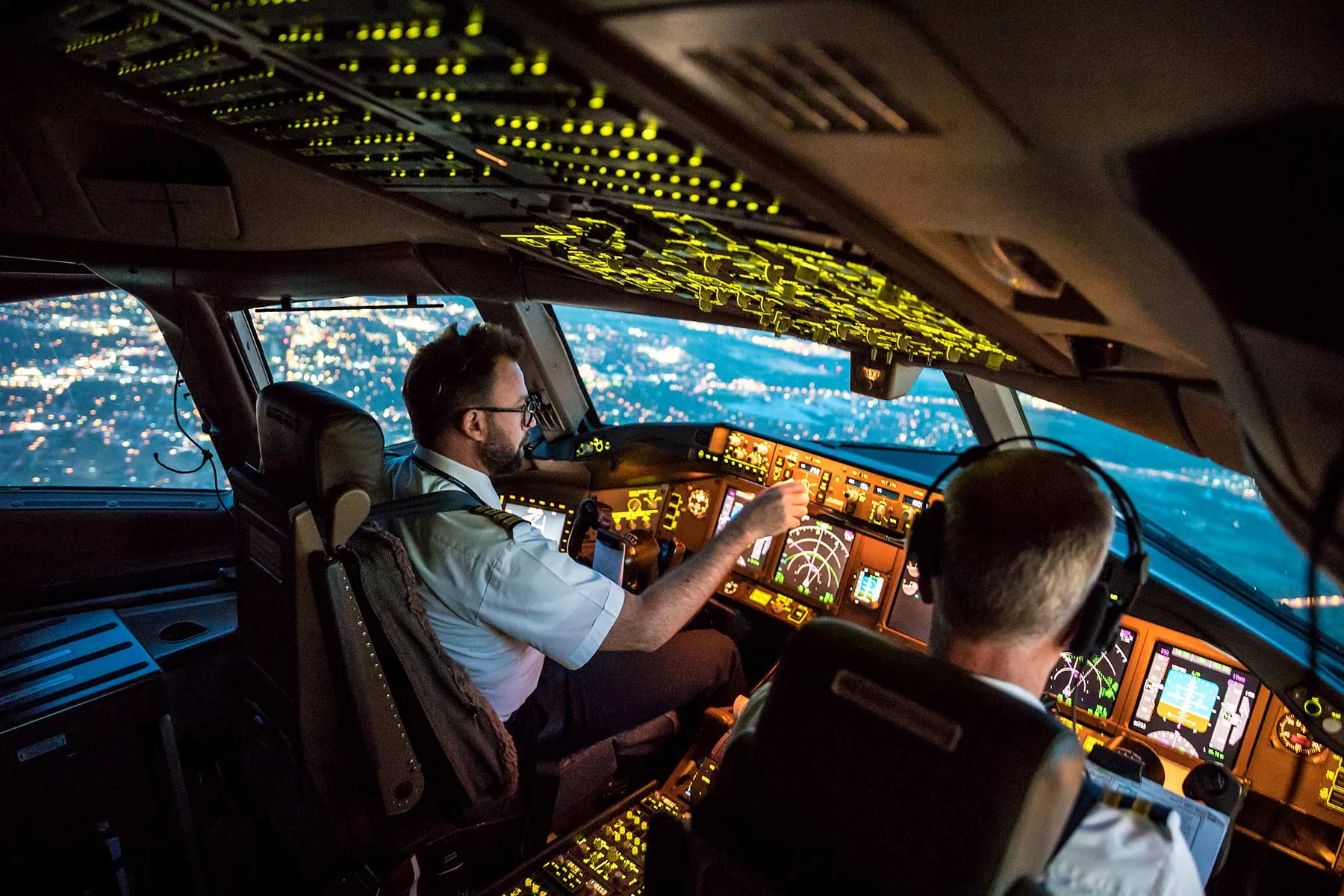
[ad_1]
March 20, 2023 – Military pilots and ground crews have a higher rate of many different cancer types compared to the general population, according to new data from the Department of Defense.
While pilots and crew are more likely to be diagnosed with cancer, they are less likely to die from it compared to the rest of the country’s population, the report said.
The study involved 156,050 aircrew and 737,891 ground crew who were followed between 1992 and 2017. Both groups were mostly male and non-Hispanic.
Data on cancer rates and deaths in these two groups were compared with similar age groups in the general population through use of the Surveillance, Epidemiology, and End Results (SEER) Database of the National Cancer Institute.
For aircrew, the study found an 87% higher rate of melanoma, 39% higher rate of thyroid cancer, 16% higher rate of prostate cancer, and a 24% higher rate of cancer for all sites combined.
The finding of a higher rate of melanoma and prostate cancer among aircrew has been reported previously, but the increased rate of thyroid cancer is a new finding, the authors noted.
The uptick in melanoma has also been reported in studies of civilian pilots and cabin crew and has been attributed to exposure to hazardous ultraviolet and cosmic radiation.
For ground crew members, the analysis found a 19% higher rate of cancers of the brain and nervous system, a 15% higher rate of thyroid cancer, 9% higher rate of both melanoma and of kidney and renal pelvis cancers, and a 3% higher rate of cancer for all sites combined.
There is little to compare these findings with. This is the first time that cancer risk has been evaluated in such a large population of military ground crew.
Lower Rates of Cancer Deaths
In contrast to the increase in cancer rates, the report found a decrease in cancer deaths.
When compared to a similar U.S. population, aircrew had a 56% lower death rate for all types of cancer, and ground crew had a 35% lower death rate.
However, the report authors emphasize that the military study population was relatively young.
For the analysis of cancer rates, the average age of aircrew was 41 and for ground crew only 26. For the analysis of death rates, the average age for aircrew was 48 and for ground crew was 41.
“Results may have differed if additional, older former service members had been included in the study, since cancer risk and mortality rates increase with age,” the authors commented.
Other studies have found an increase in deaths from, as well as an increased incidence of, melanoma. A meta-analysis published in 2019 in the British Journal of Dermatology found that airline pilots and cabin crew have about twice the risk of melanoma and other skin cancers than the general population, with pilots also more likely to die from melanoma.
The findings on military air and ground crew come from phase 1 of a study that was required by Congress in the 2021 defense bill. Because it found an increase in the incidence of cancer, phase 2 of the study is now required to take place.
The report authors explained that phase 2 would consist of identifying the cancer-causing toxic or dangerous materials associated with military flight operations:
- Operating environments that could be associated with increased amounts of ionizing and nonionizing radiation
- Specific duties, dates of service, and types of aircraft flown that could have increased the risk for cancer
- Identifying duty locations associated with higher rates of cancers
- Identifying potential exposures due to military service that are not related to aviation
- Determining the appropriate age to begin screening military aircrew and ground crew for cancers
[ad_2]
Source link






